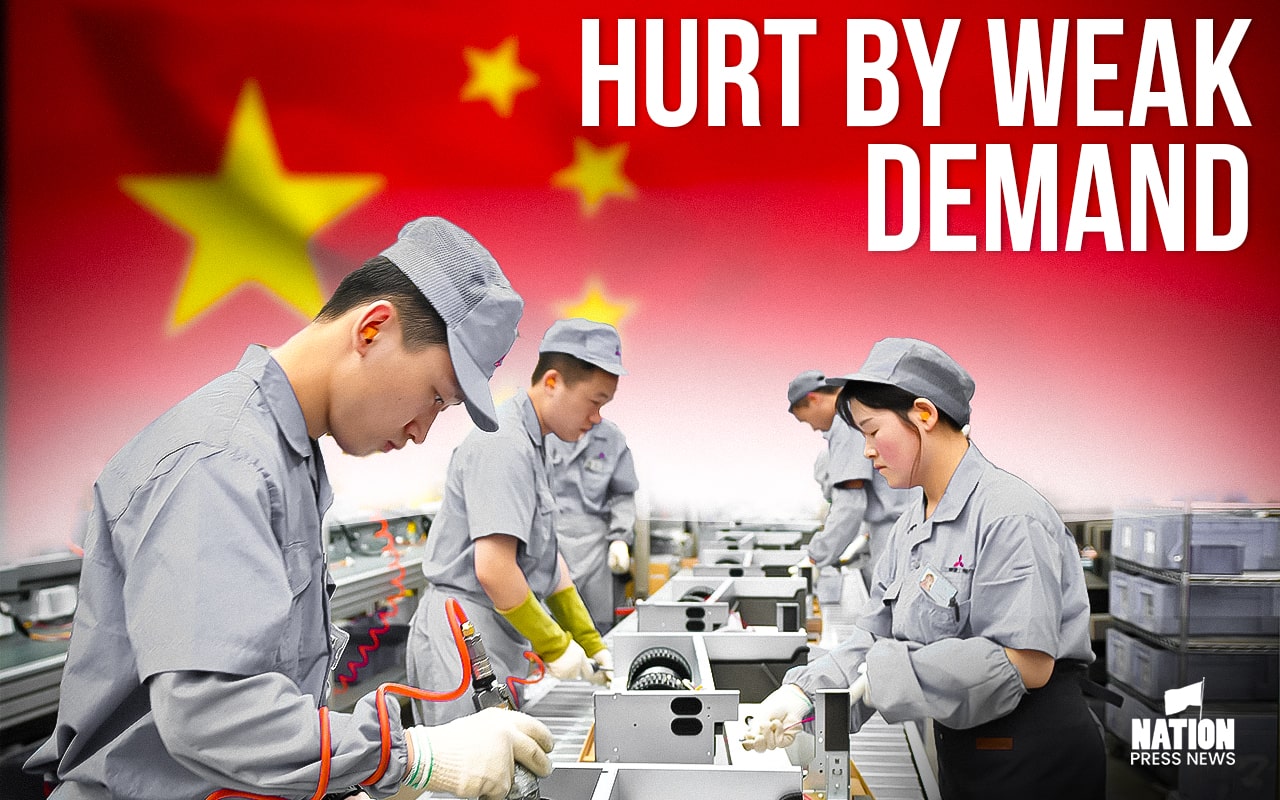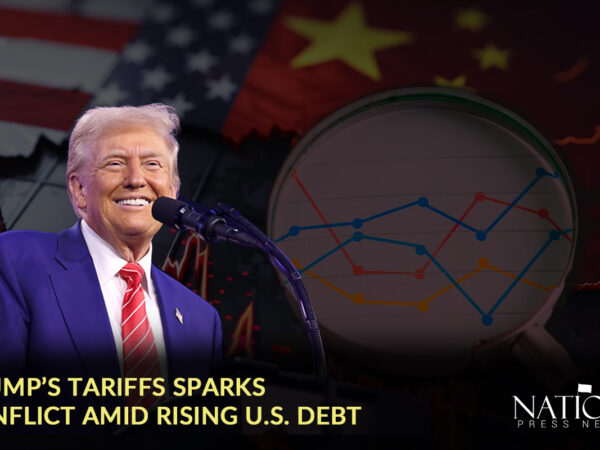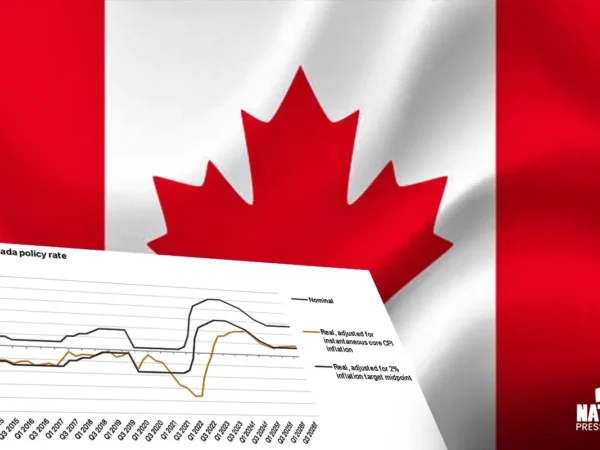China Factory Activity Shrinks as Growth Hurt by Weak Demand
The National Bureau of Statistics stated in a statement on Wednesday that the official manufacturing purchasing managers index for this month was 49.2, which is higher than the reading for December but still below the 50-point threshold that divides expansion from contraction.
The non-manufacturing gauge, which measures activity in services and construction, increased to 50.7 in May, slightly exceeding economists’ estimates and the previous month’s reading. The services activity sub-index increased for the first time since October, while the construction sector’s growth slowed to a three-month low.
NatWest Markets’ Singapore-based emerging market strategist, Galvin Chia, says “There is no indication of a turning point here.” “There aren’t enough surprises to shake the deeply ingrained pessimistic outlook.”
The second-largest economy in the world is losing trust despite government initiatives to stimulate the economy, such as giving banks long-term liquidity, tightening restrictions on the lending of shares for short sales, and expanding loan availability to developers. Nothing has, thus far, produced a discernible improvement in the bear market that has destroyed approximately $6 trillion in value or inactivity.
The benchmark CSI 300 Index onshore fell as much as 1.3%, on course to erase last week’s gains, fueled by expectations of more robust government assistance. A measure of Hong Kong-listed China stocks saw a 1.8% loss.
While China’s 10-year government bond yield fell to 2.43%, at its lowest level since 2002, the offshore yuan saw minimal movement. The risk-sensitive Australian dollar, which is often used as a stand-in for the Chinese currency, fell by 0.5%.
In anticipation of the Lunar New Year, a week-long vacation that falls on the following month, manufacturers typically experience a slower start to the year. During this time, factory activity essentially stops. Nevertheless, chief economist at Jones Lang Lasalle Inc. Bruce Pang says the headline manufacturing gauge’s underperformance points to underlying economic malaise.
“The manufacturing PMI’s sluggishness cannot be fully explained by seasonality alone,” he stated. “In order to sustain a sustainable recovery, policy support is still required to increase effective demand in the society.”
In recent weeks, the markets have been demanding more action, but officials have been hesitant to commit to specifics or methods. Governor Pan Gongsheng of the People’s Bank of China improved mood by revealing, very early, that a reduction in the reserve requirement ratio for banks was on the horizon. However, the central bank had come under fire earlier for maintaining a crucial policy rate at its current level.







